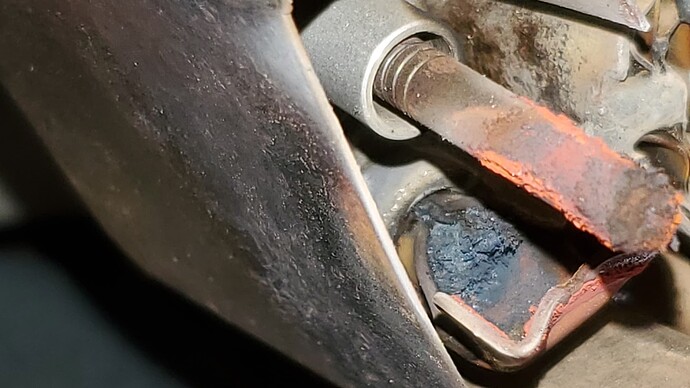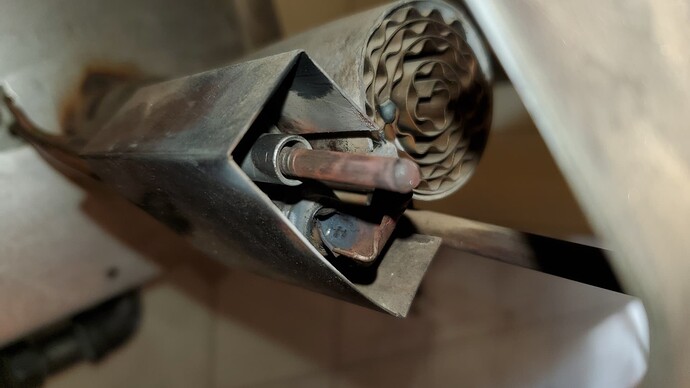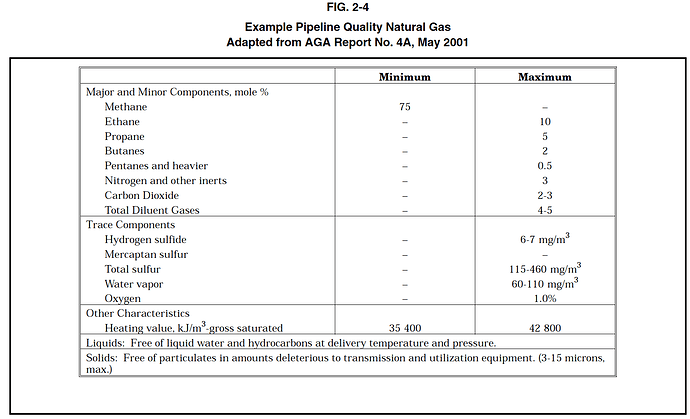Over the years, I have had to call in a technician to service my natural gas furnace every year or two. It’s often annoying because they aren’t all very careful or equipped to fully service my furnace. They charge at least 200 dollars since I live outside the city and there’s always a fee for mileage. On the other hand, I’ve been there to watch them do it so many times that I know all the steps by now. For context, I live in Canada, near Calgary, so I rely on central heating between October to May, and I shut off the gas and electricity to it during the summer.
Last fall I resolved to service it myself, and it was even easier than I thought. However, I was surprised by the contamination I found. I decided this would have to be an annual thing. I just finished this year’s service today. I found less contamination, but certainly enough to affect its function. So at least I saved myself another service call.
This is an “old style” nat.gas furnace, with a pilot light, thermocouple, and a safety valve controlling the burner. When I opened it last fall, the pilot was almost completely clogged. No wonder it was hard to keep the pilot light lit. I’ll post a photo below.
My question is what’s causing this contamination?
There’s a powdery residue, reddish in colour everywhere the gas flows on the pilot, none on the burner. In the photo, the thermocouple is the cylinder at the top. Under it is the pilot burner, clogged with ash.
Before clean-up:
After clean-up:


